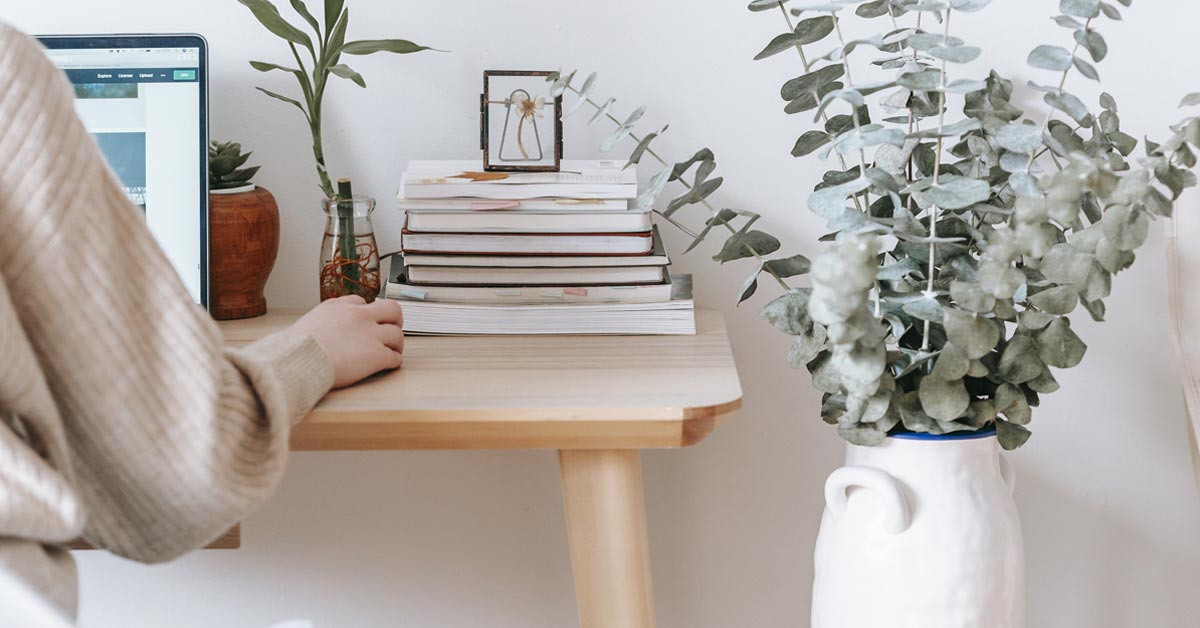
24 Aug 5 Trends in Sustainable Home Design
Modern and environmentally friendly home designs are gaining in popularity for a variety of reasons. Incorporating the green factor in your home lowers your utility bills, promotes clean living and a healthy lifestyle, eliminates toxic fumes and a negative environmental impact . With a sustainable home design you’re improving your environment for future generations while lowering your utility bills and seeing a major return on your investment, sometimes immediately. There are so many reasons you should consider sustainable home design.
The Latest Trends in Sustainable Home Design
Eco-friendly homes are becoming more popular among home owners in the Quad Cities, reflecting the national trend. But, no matter where you stand on environmental issues its clear the impact of these five trends in sustainable home design benefit homeowners as much as they do the planet. Here are the most popular sustainable home design trends we’re seeing right now.
1. Repurpose, Reuse, Recycle
Recycled and up cycled goods are trending in many different forms. From countertops that use recycled scraps and glass to create new materials to backsplash tiles created with leftover builders clay and ceramic scraps for a one-of-a-kind look. Bio-glass is made from entirely recycled glass and is used in sinks, countertops and even flooring.
Composite wood is an excellent option for decking and even floors as it repurposes leftover building materials such as sawdust, wood fibers and lumber scraps mixed with a plastic material that makes the wood composite much more durable and longer-lasting than natural wood.
Carpeting made out of repurposed fabrics and recycled materials creates a zero-waste decorating option.
2. Conserving Water and Cutting Down on Energy Usage
Purchase energy star appliances to cut down on both water usage and energy consumption. Conserving water is one of the biggest trends in sustainable home design right now and one of the biggest topics in environmentalism. Household leaks alone waste as much as 900 billion gallons of water annually in the US. There are water systems available that not only detect leaks before they create damage but also recycle and repurpose water, cutting your water consumption drastically and saving you money.
Another popular trend in sustainability is the hot water recirculating system. It cuts down on the time it takes to heat your water and it provides hot water the minute you need it. Your water usage is cut back significantly and your energy savings really rack up.
3. Ventilation
Indoor air quality has a major impact on your immediate environment and homeowners in the Quad Cities are making changes to their homes’ ventilation system. Sustainable ventilation maximizes air flow while maintaining a comfortable temperature within your home.
Energy recovery ventilators connect to your HVAC system and draw in clean air from outside your home while pushing out the stale, poor quality indoor air. Non-toxic building materials prevent the release of toxins such as formaldehyde and volatile organic compounds (VOCs) which may contribute to asthma and allergies in addition to releasing toxins into the environment.
4. Minimalism is More Than A Design Trend
The trend toward minimalism continues in home design and lifestyle. And it fits very well with a sustainable home design. The premise of minimalism is that everything serves a purpose. And using less resources to achieve the lifestyle you want promotes the ambience of minimalism. By owning less and using less you’re helping to quash the consumerism that tends to create waste. Let your mantra be “less is more” and go for what’s simple in design and usage.
5. Sustainable Home Design Materials
From non-toxic pain with low odor and low VOCs to uncoated wallpaper (most are coated with PVC or vinyl which expel dangerous plasticizers into the air and the environment) and insulation that is manufactured in an eco-friendly way and without toxins there are ways to keep your sustainable home design safe and environmentally sound. Read the labels and ask questions.
Other components of your home such as the flooring may contribute to deforestation as well as waste. Consider flooring that leaves little to no environmental impact such as bamboo.
Consider materials in your home’s construction that aren’t only past of sustainable home design but provide protection from fires, higher degree of insulation and lower maintenance. Two great examples of this are fiber-cement and cultured stone for your home’s exterior. The key to using environmentally sound products from top to bottom is to ask questions and rely on your professional design team to keep your sustainable home design front and center.
The Home Design Experts You Can Trust
If you’re considering a custom home in the near future why not incorporate some of these beneficial trends in sustainable home design? Your dream home can promote good and be the perfect home for you and your family. For more on how you can make your home environmentally sound and the home of your dreams contact Seiffert Home Design. Together with our professional designers you can make sure your home has everything you want and need. And with our virtual reality tool you’ll see your home from the inside before you even break ground. Contact Seiffert Home Design for more information.


